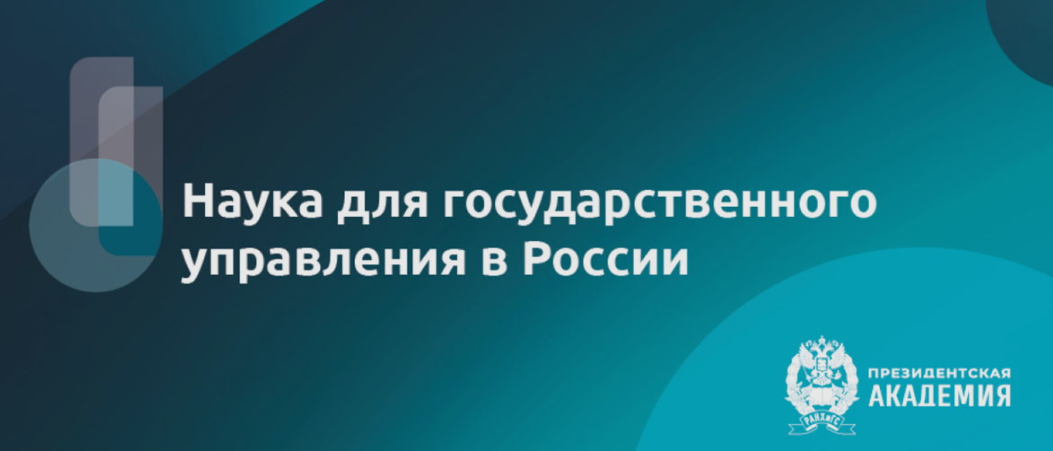Author's column
Priorities for development of science and technologies
Economics of sience
Patent landscapes
The article is dedicated to the analysis of areas where terahertz radiation is applicable with the hwlp of a patent papers review, as well as to obtaining knowledge about the invention activity changes in this area over the past 35 years.
Orbit patent databases’ capabilities were used to complete this analysis. Data search was conducted by keywords “terahertz” or “THz.” The searches were neither limited by submission dates, by priorities, nor by the country. A comprehensive analysis will allow to determine a more than 7389 patent-analog families’ aplications submitted in the period between 1980 and 2017 years. Statistical processing of obtained documents has been completed with the assistance of program software, indicated in the database. It was revealed that terahertz technologies have significant prospects to be applied in various areas; a fact, that is confirmed by an identified range of fields, where electromagnetic radiation of terahertz spectrum is applicable and is constantly growing. The dynamics of patenting is characterized by annual stable positive growth in the number of applications for inventions in the researched area. The highest number of inventions was identified in the field of instrumentation technologies, optics, telecommunications, semiconductor technologies, and medicine. Additionally, there was analyzed the state of patenting over the course of last five years. Examples of inventions were given. There were identified leading countries and companies in the researched area.
Economics of intellectual property
The article analyses data on the international collaborations between inventors from different countries, obtained from a special research completed by the European Commission focusing on the national patent portfolios of European Union countries, countries included in the European Association of Free Trade, countries of North America and Asia.
It is noted that learning diffusions and matching of technological solutions are becoming an independent trend of the economics science as it allows to determine the patterns and conditions for achieving technological leadership of companies as well as the whole regions in the world. The current research focuses on the balance between an open exchange of industrially applicable expertise and limitations of the diffusion of technological competencies as a necessary condition for achieving leadership in the markets of highly technological products and services.
The article concludes stating that the growth of «hybrid» and «external» patents in various regions of the world, determined by European Commission is, most likely, related to the growth of academic mobility of owners of the unique engineering and research teams, and not due to globalisation and internalisation of industrially applicable expertise, that is always used as a tool for competitive fight for markets of products with a high added value.
Technological challenges
The article presents data about the size of the economic and ecological damage, caused by the forest fires in Russia, which are qualified as a «big challenge» for the country, the the world’s leader in forest yield.
The article evaluates the prospects for developing scientific, engineering and entrepreneurial communities among different countries and large regions in the areas which own forest fires prevention and fighting technologies. The articles provides a patent review of dynamically developing technologies’ cluster, encompassing various approaches to preventing and fighting forest fires. The report notes a presence of domestic competitive scientific-technological inventions, which are registered in sufficient numbers in the form of protectable technical solutions.
ISSN 2949-4680 (Online)


































